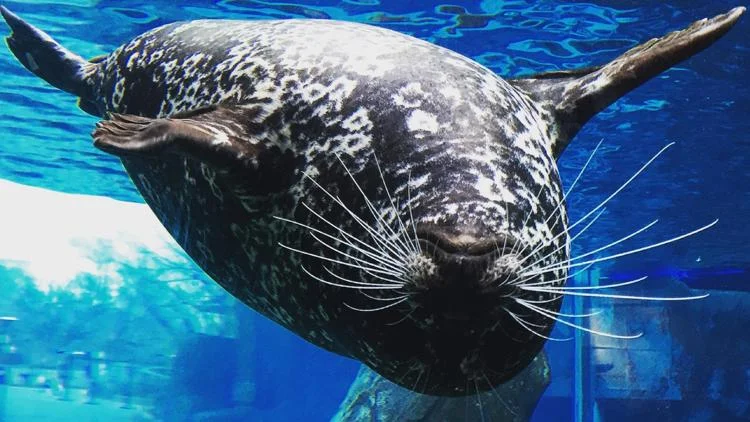
Remembering Gabby: The Beloved Harbor Seal of Saint Louis Zoo
On April 14, the Saint Louis Zoo experienced a profound loss with the passing of Gabby, a cherished harbor seal. This 14-year-old marine mammal was not just a creature of the ocean; she held a special place in the hearts of both the staff and visitors alike.
Gabby's journey began when she arrived at the zoo in 2014, four years after her birth. She quickly became a beloved resident, joining another harbor seal named Dorris and the third member of their trio, Nuna. The harmonious relationship between the seals delighted zoo-goers, creating a bond that resonated strongly within the community.

The news of Gabby's death, caused by asymptomatic heart disease during a routine medical procedure, left an emotional impact. As the zoo staff noted, "Gabby had a fun personality and was distinguished by her almond-shaped eyes and dimple on her back." Such personal details remind us that animals, too, have unique traits that contribute to their individuality.
As a community, we grieve together, remembering her playful spirit and the joy she brought to her caregivers and visitors. The zoo's heartfelt message urges the St. Louis region to keep Gabby's care team in their thoughts, highlighting not only the loss of Gabby but also the deep connections formed between animals and humans.
Harbor seals are known for their longevity, with an estimated lifespan of up to 40 years in the wild, and some in captivity living even longer. Gabby's death raises awareness of conservation efforts for these protected species under the United States' Marine Mammal Protection Act. The National Oceanic and Atmospheric Administration (NOAA) continues to advocate for harbor seals, implementing various management actions aimed at their conservation.
The loss of Gabby serves as a poignant reminder of the fragility of life in our oceans. It's crucial that we continue protecting these animals and their habitats. With organizations dedicated to their conservation, we can ensure that future generations will have the opportunity to learn from and appreciate such magnificent creatures.
As we close this chapter, let's reflect on Gabby's legacy. What memories do you have of your visits to the zoo? How can we contribute to the conservation of marine life? Share your thoughts in the comments below and let’s honor Gabby’s memory together.